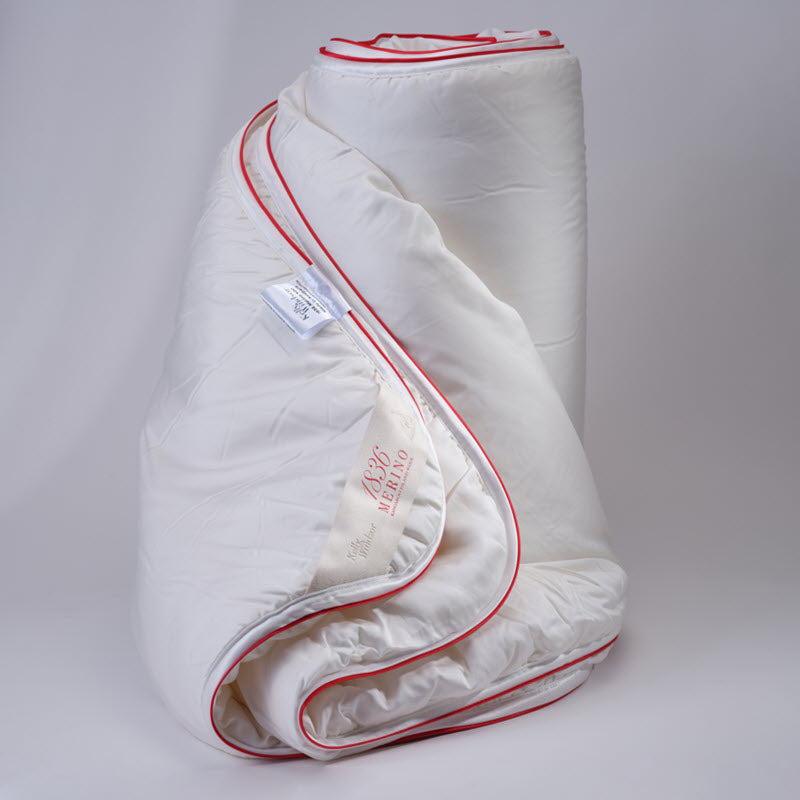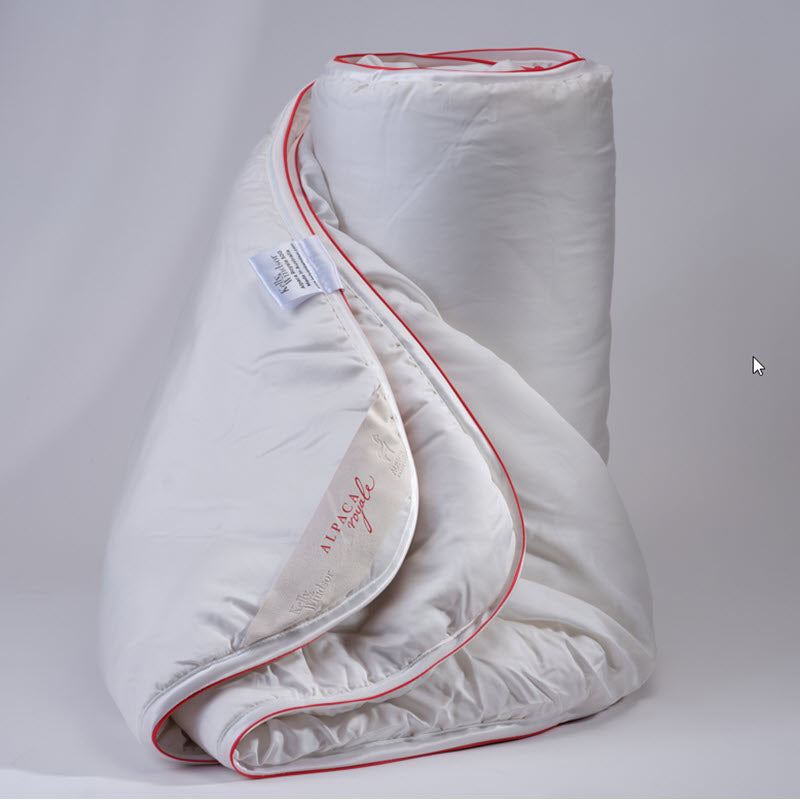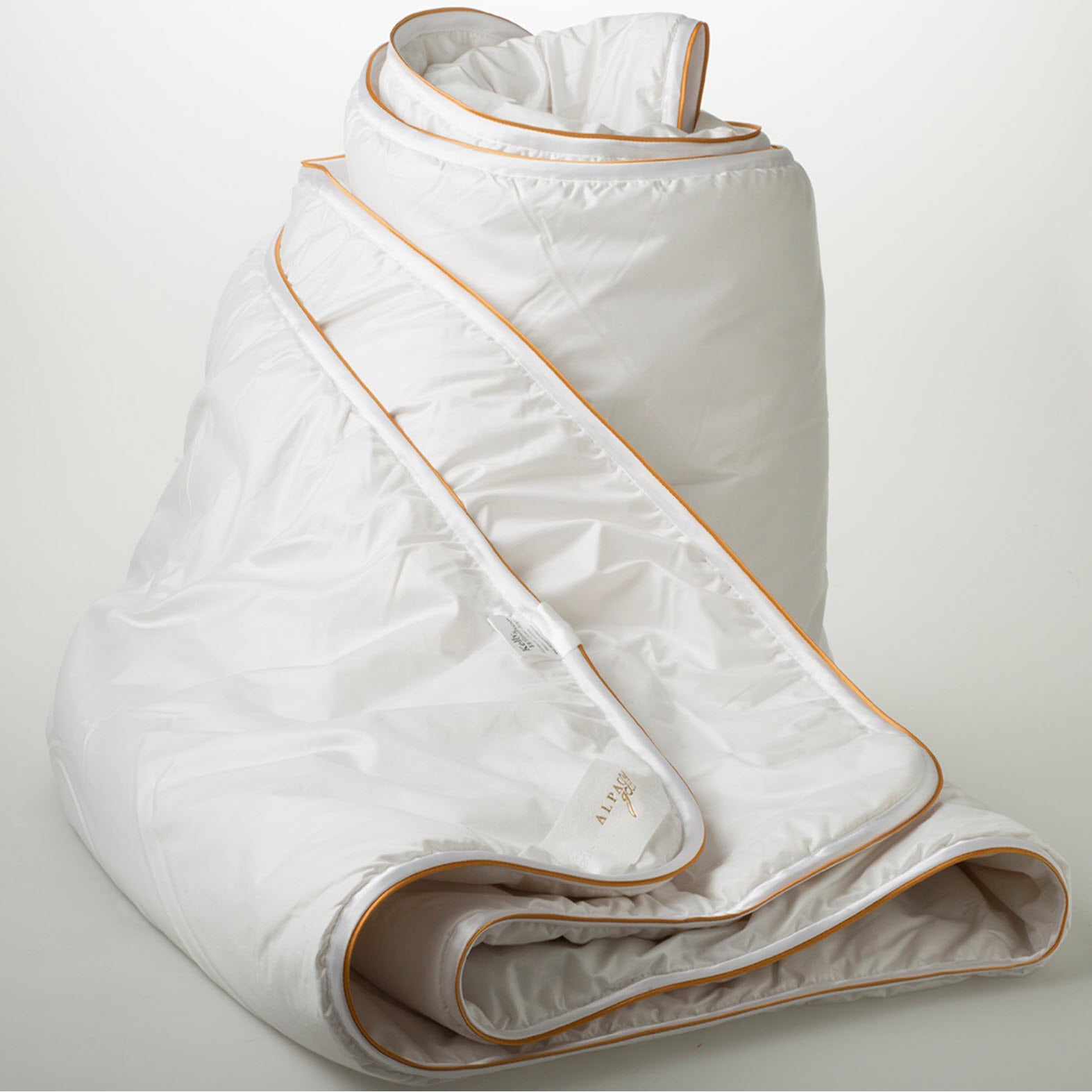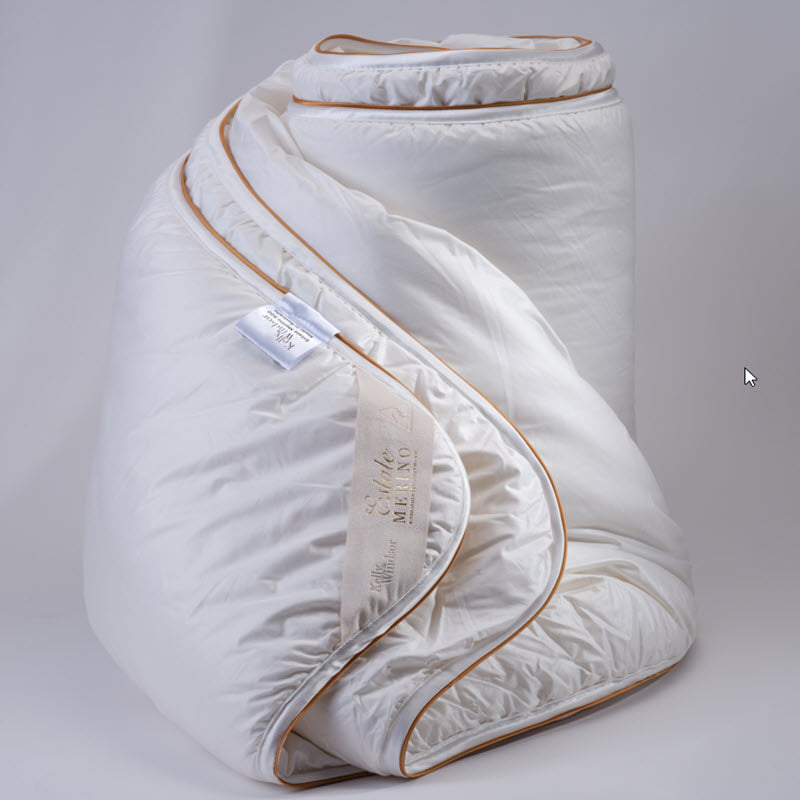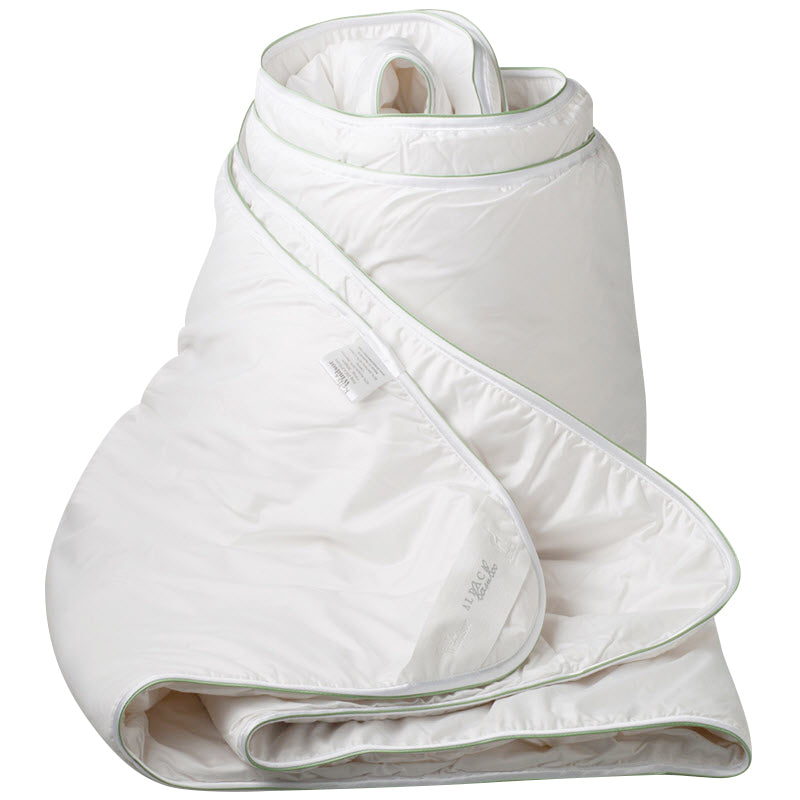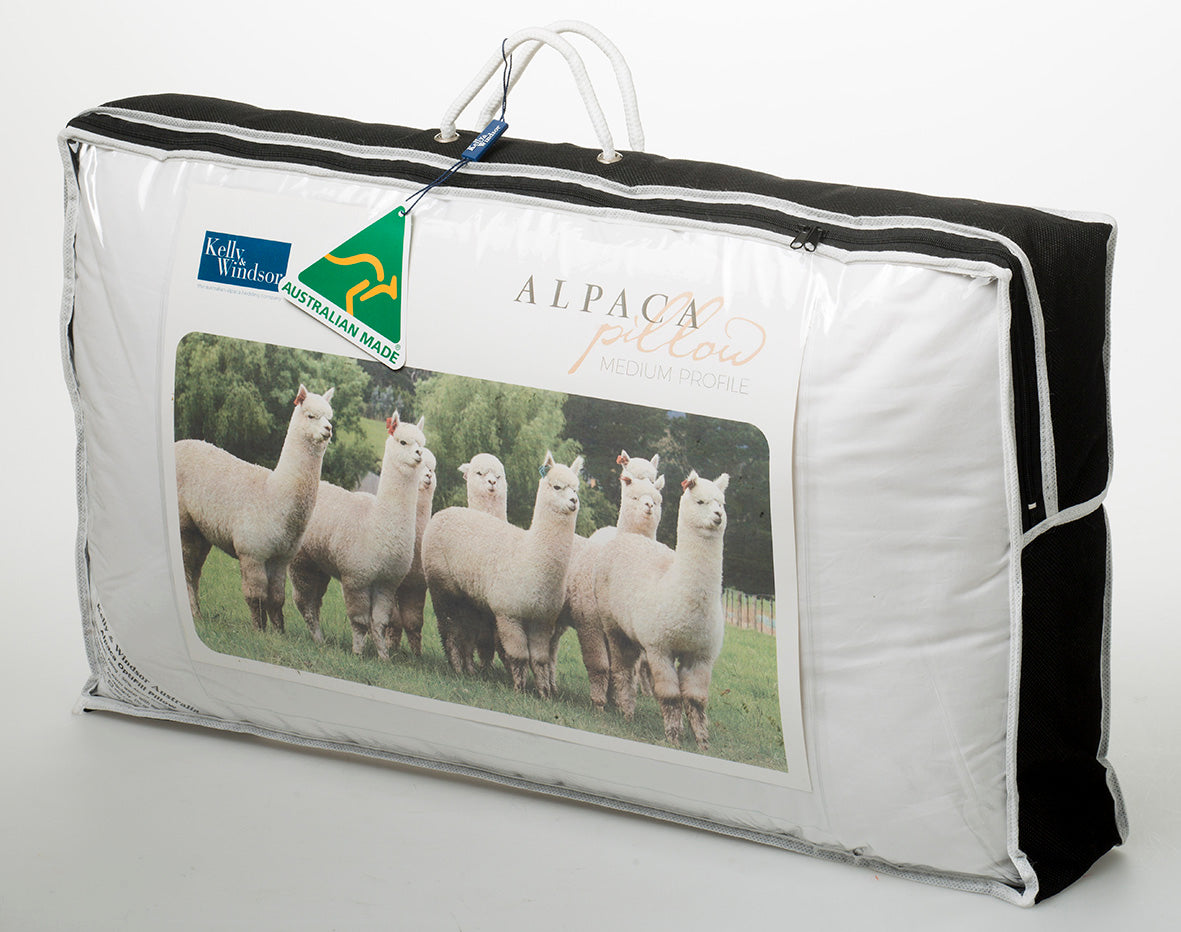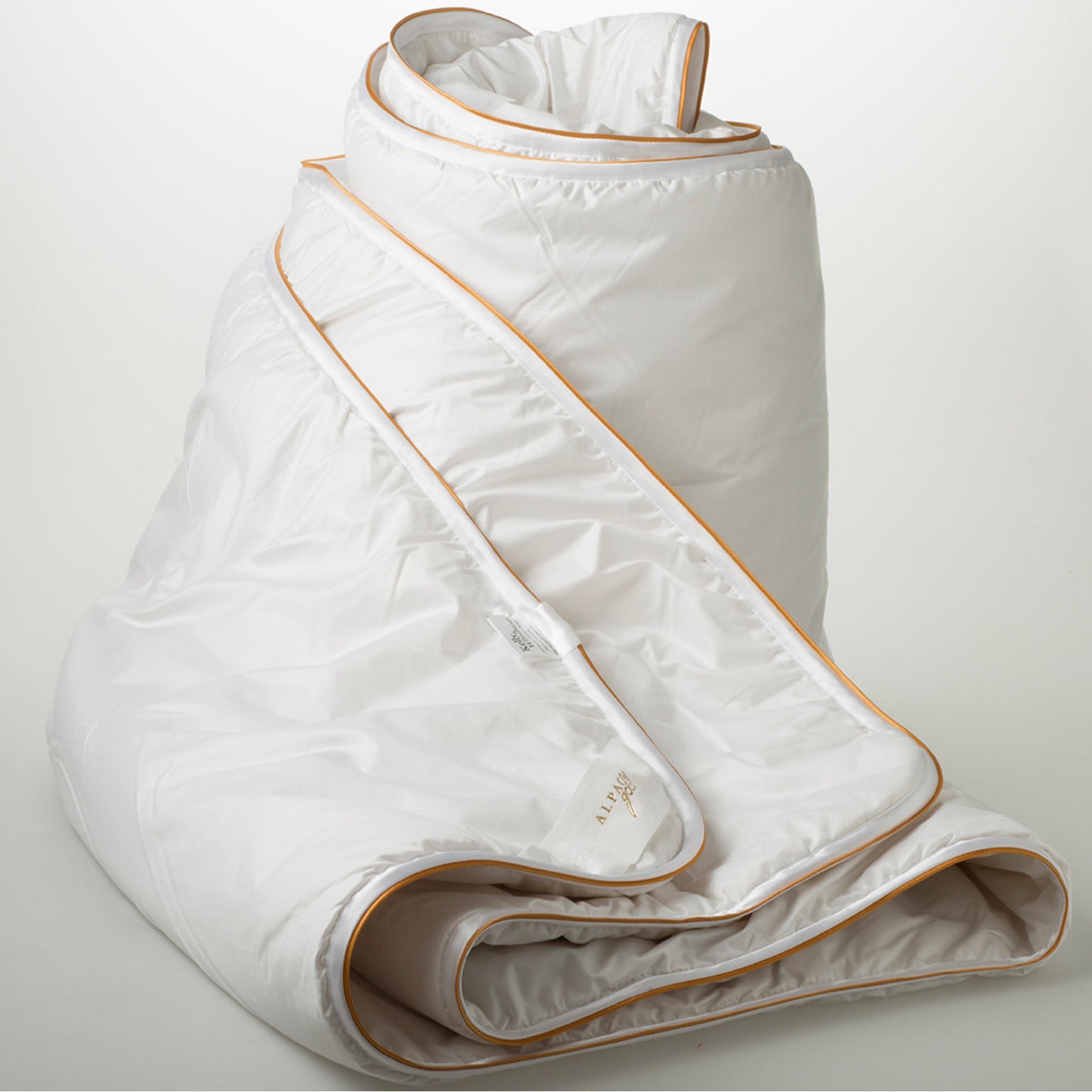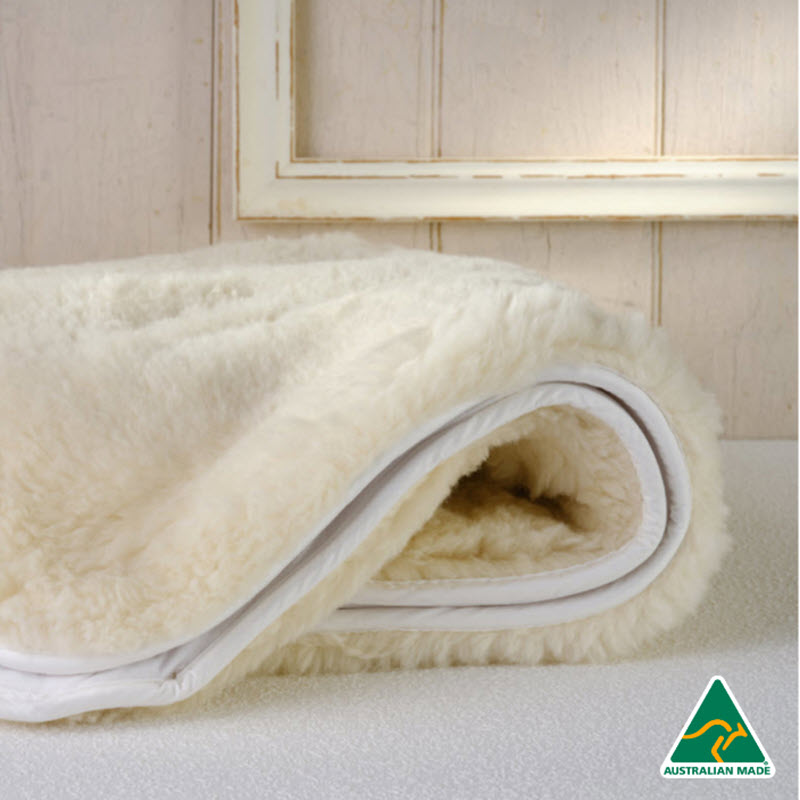All Quilts
Alpaca Range
When to Replace Your Pillows: A Guide to Better Sleep
June 30, 2025

When to Replace Your Pillows: Quick Guide for Better Sleep
Pillows do more than provide comfort—they play a key role in sleep quality. But how do you know when it’s time to replace them? Here’s a quick guide for maintaining restful, healthy sleep with Australian-made natural fibre pillows.
Why Replace Your Pillows?
- Hygiene: Over time, pillows collect sweat, oils, dead skin cells, and dust mites.
- Support: Aging pillows lose shape and no longer support your head and neck.
- Sleep Quality: Flat or lumpy pillows can misalign your spine, causing aches and disrupted sleep.
Tip: Replace pillows every 1–2 years—or sooner if you notice signs of wear.
Signs Your Pillow Needs Replacing
- Stains or discoloration that won’t wash out
- Lingering odors even after cleaning
- Waking with neck, back, or shoulder pain
- Pillow no longer fluffs or holds shape
- Pillow older than 2 years
How Often to Replace
- Standard: 1–2 years
- Allergies or asthma: 6–12 months
- Immediate replacement if wear signs appear
Proper care—washing, drying, protectors, and daily fluffing—can extend pillow life, but even the best pillows eventually wear out.
Factors That Affect Pillow Lifespan
- Material: High-quality natural fibres like alpaca or Merino wool last longer.
- Usage: Nightly sleepers wear pillows faster than occasional users.
- Personal habits: Body weight, sleep style, and perspiration impact longevity.
Tips to Maintain Your Pillows
- Wash according to manufacturer instructions.
- Air-dry outdoors; avoid tumble dryers for natural fibre pillows.
- Use pillow protectors to prevent stains and dust mites.
- Fluff daily to maintain loft and support.
- Avoid heavy compression or sitting on pillows.
Choosing the Right Pillow
The right pillow should support your head and neck while keeping your spine aligned. Kelly & Windsor Australian-made alpaca pillows combine natural fibre luxury with comfort and durability.
Styles:
- Alpaca Classic: Premium alpaca + high-loft polyester, 100% sateen cotton casing.
- Alpaca Bamboo: Alpaca + high-loft polyester wrapped in bamboo fibre, removable 60% bamboo / 40% cotton outer cover.
Profiles: Low, medium, and high to suit all sleeping positions.
Shop the range: Kelly & Windsor Alpaca Pillows
Final Thoughts
Investing in luxury, Australian-made natural fibre pillows supports better sleep, increased comfort, and long-term health benefits. Replace pillows regularly, care for them properly, and choose the right profile to enjoy restorative sleep every night.
Alpaca Classic pillows

Filled with a blend of premium quality alpaca and high loft polyester, and covered with a luxurious 100% sateen cotton casing.
Alpaca Bamboo pillows

Filled with a blend of premium quality alpaca and high loft polyester wrapped in a 300 gsm pure bamboo fibre layer with a removable 60% bamboo 40% cotton outer cover for machine washing.
Categories
- Alpaca Bamboo Quilts
- Alpaca Quilts – Fibre & Fabrics
- Australian Bedding Manufacturer
- Australian Made
- Australian Owned
- Bedding products information
- Buying Advice
- Company
- Exports
- Fairs and Promotions
- High performance pillows
- Joscar-Aus
- Kelly & Windsor
- Kelly & Windsor natural fibre pillows
- Luxury Australian Made Natural Fibre Pillows
- Melbourne Manufacturer
- Natural fibres in bedding
- Our bedding products – Design & Quality
- Replacing your pillow
- Sleeping comfort & advice
- TVSN
- Wool Quilts - Fibres & Fabrics
Recent Articles
-
The Story Behind Our Alpaca Bamboo Range: Our Quiet Achiever
September 23, 2025
-
Kelly & Windsor: Now a JOSCAR-AU Accredited Supplier
September 14, 2025
-
Return to the TVSN Home Shopping Channel
August 10, 2025
-
When to Replace Your Pillows: A Guide to Better Sleep
June 30, 2025
-
TOG ratings of bed quilts. What are they and are they useful in buying the right quilt?
March 22, 2024




